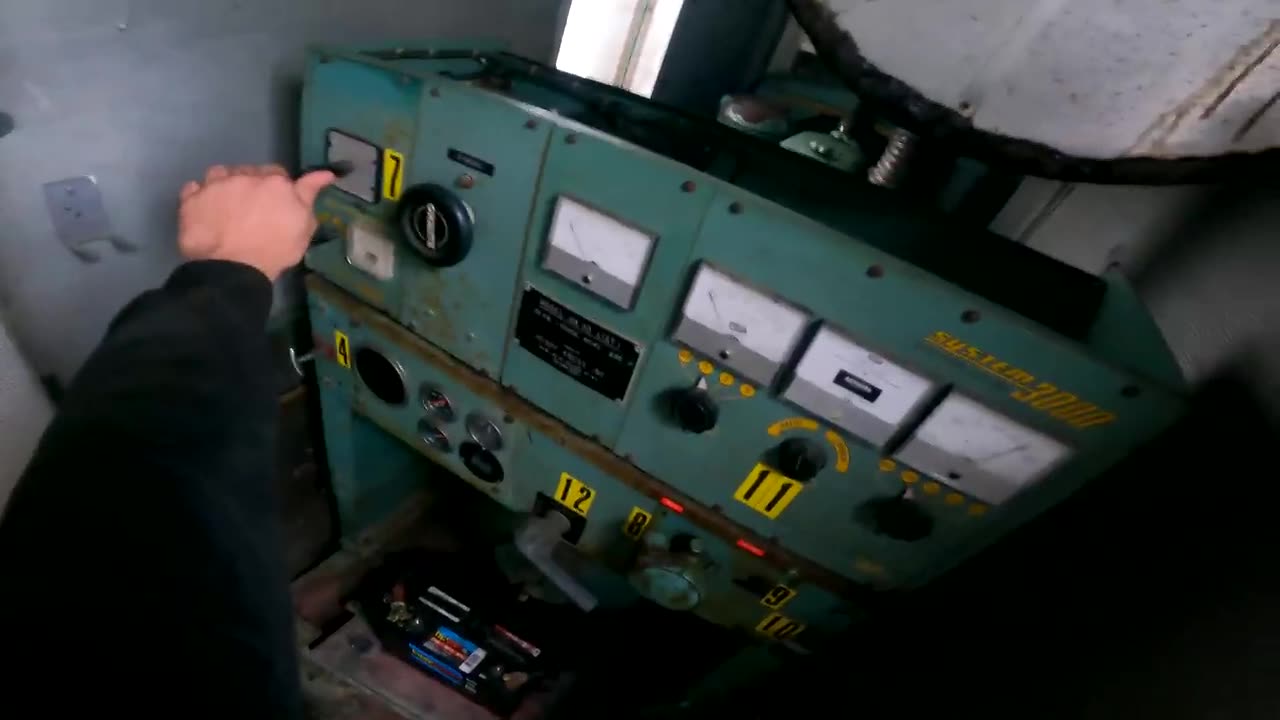Premium Only Content
This video is only available to Rumble Premium subscribers. Subscribe to
enjoy exclusive content and ad-free viewing.

Arc Flash As Generator Explodes
Loading comments...
-
 0:23
0:23
Rumblestuff
1 day agoWashing baby turtles
83 -
 LIVE
LIVE
Rallied
3 hours ago $1.32 earnedWarzone Solo Challenges then RedSec Domination
121 watching -
 2:34:30
2:34:30
Red Pill News
6 hours agoBoomerang Time - DOJ Investigating BLM Fraud on Red Pill News Live
44.7K10 -
 1:46:14
1:46:14
Roseanne Barr
6 hours ago“The Over Emotional Are Always Under Informed” | The Roseanne Barr Podcast #121
81.6K44 -
 3:24:28
3:24:28
Nerdrotic
7 hours ago $10.92 earnedThe WitcHER DOA | Box Office Massacre | Massive Industry Layoffs - Friday Night Tights 378
47.6K7 -
 14:54
14:54
IsaacButterfield
15 hours ago $4.04 earnedShe Called Out “Creepy Men It Didn’t End Well
25K46 -
 11:43:21
11:43:21
LFA TV
23 hours agoLIVE & BREAKING NEWS! | FRIDAY 10/31/25
190K46 -
 1:08:42
1:08:42
vivafrei
6 hours agoEric Swalwell in Trouble Again? RFK Jr. "Reverses Course" on Tylenol & Autism? Arctic Frost & MORE!
83.8K37 -
 1:19:51
1:19:51
DeVory Darkins
8 hours agoNewsom EXPOSED after latest bombshell and Democrats pulls shocking stunt regarding shutdown
81.2K37 -
 25:29
25:29
Stephen Gardner
6 hours ago💣 Trump White House UNEXPECTED Move + Thune DESTROYS Schumer on Senate Floor!!
37.2K32